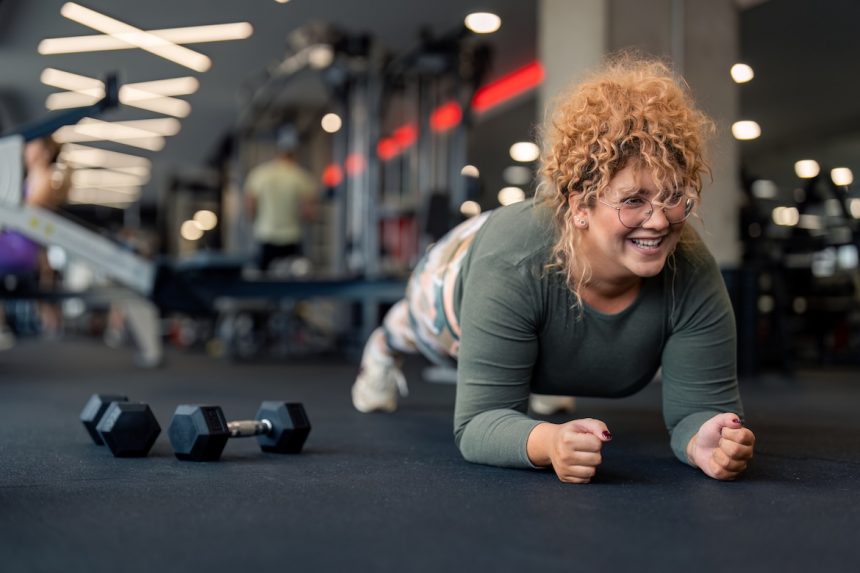If you thought planking was reserved for high school gym class, think again. This classic move offers numerous health benefits that can keep you in shape for years to come. “Planks are an amazing core exercise,” says Stan Kravchenko, NASM-CPT, a personal trainer and creator of OneFit.com. “While the visible physical benefits of a tighter midsection are great, don’t underestimate the importance of a strong and stable core. It is crucial for daily activities like stability, balance, and even powerful athletic movements.”
Let’s explore the advantages of planks – both for your core strength and beyond, as well as tips for perfecting your form to prevent injury and maximize results.
To start, ensuring proper form is essential to avoid injury and reap the full benefits. Here’s how to execute a plank correctly on your forearms, according to Kravchenko.
Lie face down with your forearms on the floor, elbows aligned beneath your shoulders. Flex your feet and place the balls of your toes on the floor. Push the floor away with your forearms and lift your body onto your toes, maintaining a straight line from head to ankles. Squeeze your glutes, tuck your tailbone, and engage your core by pulling your elbows towards your toes. Avoid sagging hips, arching your back, or looking up. Hold for a designated time, aiming for at least 1 minute.
While toned abs are a major benefit of planks, the advantages extend beyond just stronger core muscles. Here are four additional benefits you may enjoy:
1. Improved Balance: Strengthening your core with planks enhances your balance, which is vital for various exercises and daily activities. It focuses on deep trunk muscles that stabilize the spine and improve dynamic balance.
2. Shoulder Stabilization: Planks contribute to shoulder stability, which is essential for a wide range of movements. Strong shoulders reduce the risk of pain, dislocation, limited range of motion, and other issues.
3. Posture Enhancement: Incorporating planks into your routine can help correct posture issues caused by weak and unbalanced core muscles. Good posture reduces the likelihood of back problems and aids in proper breathing.
4. Increased Mobility: A strong core from planks can prevent injury during daily activities like carrying groceries or climbing stairs. Better mobility and control of your muscles enhances agility and reduces strain on other muscle groups.
Planks engage a variety of muscles throughout the body, such as the core, upper body, and lower body simultaneously.
If you’re new to planks, start with short holds and gradually increase the duration over time. Focus on maintaining proper form and consider modifications if needed, such as tabletop or incline planks. Remember to listen to your body, consult a professional if needed, and avoid planks if you have specific injuries or conditions that may be aggravated by the exercise.






